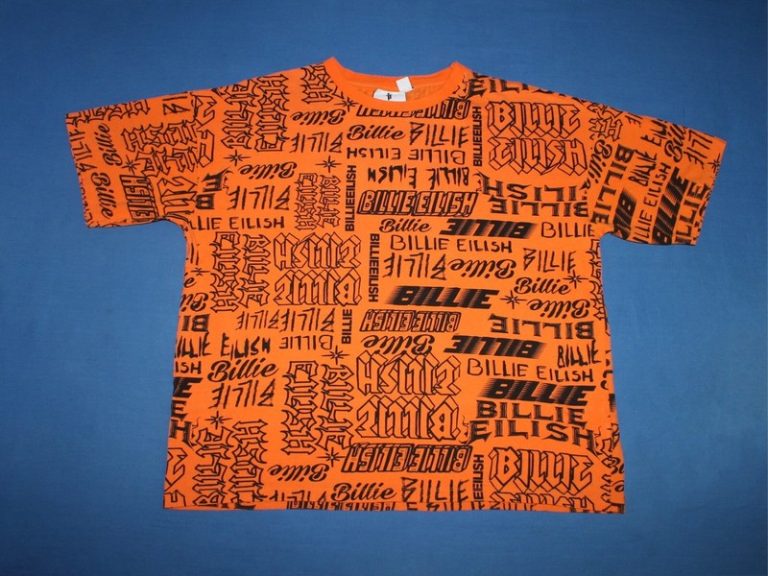Apple Vision Pro could monitor neck strain despite not having any neck muscle sensors
Apple is researching how to make the Apple Vision Pro see if users are sitting properly, and moreover to not blame the headset if wearing it puts a strain on their neck muscles.
Despite pre-launch concerns, Apple Vision Pro is not heavy when compared to other headsets. It really weighs in around the middle of the pack of what’s available, but Apple Vision Pro is aiming to get users who are new to headsets and they won’t have anything to compare it to.
So it’s certain that Apple has worked on the weight of the headset, plus it’s possible that it’s a sore point with them. Which may explain a newly-revealed patent application named “Method And Device For Tiered Posture Awareness.”
If you misread that middle word as “tired,” you’re not off the mark. The idea is that the Apple Vision Pro can watch for when your muscles in your neck get sore.
But it’s really about how Apple Vision Pro can measure neck muscle strain, without having any neck muscle sensors. The whole headset goes around the head at about eye level, so there is physically nothing that could house a neck sensor
“The method includes… obtaining head pose information for a user associated with the computing system;” says the patent, “[and] determining an accumulated strain value for the user based on the head pose information.”
It’s all about monitoring over time, so headset can recognize “that the accumulated strain value for the user exceeds a first posture awareness threshold.”
Full detail from the patent showin regions of the neck and how strain can be detected
As ever with patents, the real focus is on how to make this determination, rather than necessarily what to then do about it. But the patent application does include some suggestions.
It could alter the “virtual content based on a height value associated with the user,” perhaps allowing the wearer to adopt a more relaxed sitting position.
Or rather, it could do that for what Apple regards as the first tier. For the second, it might give the user a warning.
If the “current accumulated strain value 634B… exceeds the second posture awareness threshold, [Apple Vision Pro] presents a second peripheral lighting or glow effect.”
“For example,” it continues, “the thickness or brightness of the second peripheral lighting or glow effect is greater than the first… because the accumulated strain value [is higher].”
This patent application is credited to 12 inventors, including Thomas G. Salter. His previous work for Apple includes a patent application that would see music and video automatically stop if you are not paying attention.














